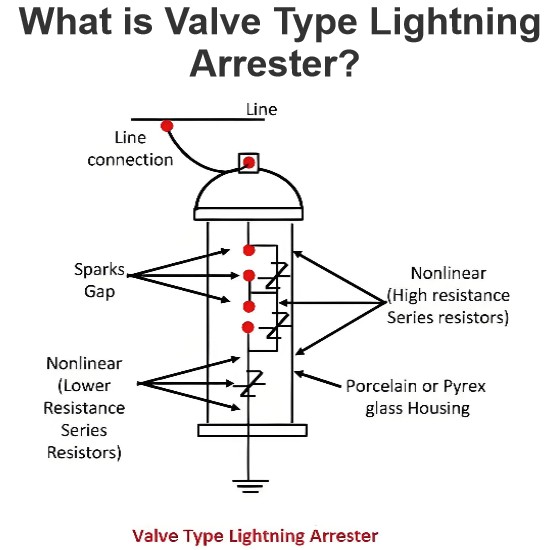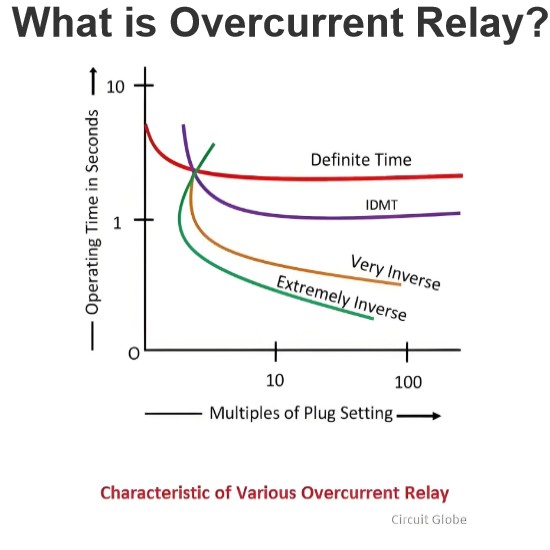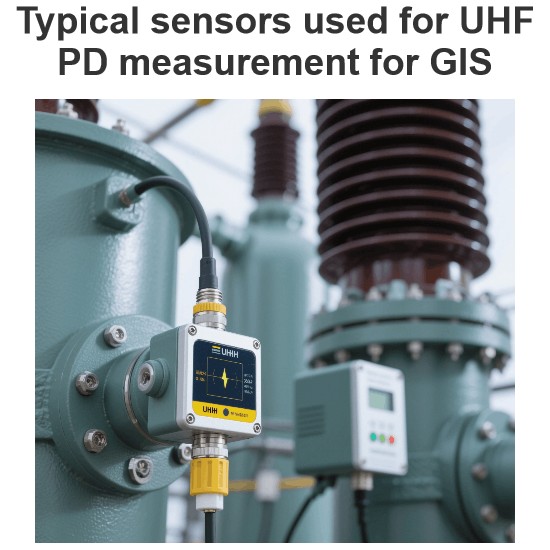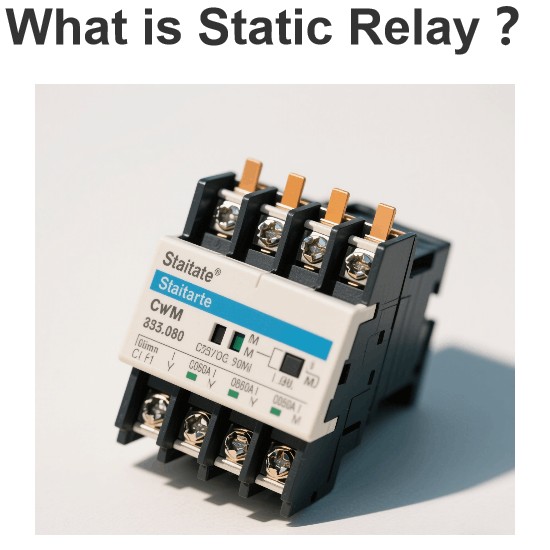Motor Thermal Overload Protection

For understanding motor thermal overload protection in induction motor we can discuss the operating principle of three phase induction motor. There is one cylindrical stator and a three phase winding is symmetrically distributed in the inner periphery of the stator. Due to such symmetrical distribution, when three phase power supply is applied to the stator winding, a rotating magnetic field is produced. This field rotates at synchronous speed. The rotor is created in induction motor mainly by numbers solid copper bars which are shorted at both ends in such a manner that they form a cylinder cage like structure. This is why this motor is also referred as squirrel cage induction motor. Anyway let’s come to the basic point of three phase induction motor – which will help us to understand clearly about motor thermal overload protection.
As the rotating magnetic flux cuts each of the bar conductor of rotor, there will be an induced circulating current flowing through the bar conductors. At starting the rotor is stand still and stator field is rotating at synchronous speed, the relative motion between rotating field and rotor is maximum.
Hence, the rate of cuts of flux with rotor bars is maximum, the induced current is maximum at this condition. But as the cause of induced current is, this relative speed, the rotor will try to reduce this relative speed and hence it will start rotating in the direction of rotating magnetic field to catch the synchronous speed. As soon as the rotor will come to the synchronous speed this relative speed between rotor and rotating magnetic field becomes zero, hence there will not be any further flux cutting and consequently there will not be any induced current in the rotor bars. As the induced current becomes zero, there will not be any further need of maintaining zero relative speed between rotor and rotating magnetic field hence rotor speed falls.
As soon as the rotor speed falls the relative speed between rotor and rotating magnetic field again acquires a non zero value which again causes induced current in the rotor bars then rotor will again try to achieve the synchronous speed and this will continue till the motor is switch on. Due to this phenomenon the rotor will never achieve the synchronous speed as well as it will never stop running during normal operation. The difference between the synchronous speed with rotor speed in respect of synchronous speed, is termed as slip of induction motor.
The slip in a normally running induction motor typically varies from 1% to 3% depending upon the loading condition of the motor. Now we will try to draw speed current characteristics of induction motor – let’s have an example of large boiler fan.
In the characteristic Y axis is taken as time in second, X axis is taken as % of stator current. When rotor is stand still that is at starting condition, the slip is maximum hence the induced current in the rotor is maximum and due to transformation action, stator will also draw a heavy current from the supply and it would be around 600 % of the rated full load stator current. As the rotor is being accelerated the slip is reduced, consequently the rotor current hence stator current falls to around 500 % of the full load rated current within 12 seconds when the rotor speed attains 80% of synchronous speed. After that the stator current falls rapidly to the rated value as the rotor reaches its normal speed.
Now we will discuss about thermal over loading of electrical motor or over heating problem of electric motor and the necessity of motor thermal overload protection.
Whenever we think about the overheating of a motor, the first thing strikes in our mind is over loading. Due to mechanical over loading of the motor draws higher current from the supply which leads to excessive over heating of the motor. The motor can also be excessively over heated if the rotor is mechanically locked i.e. becomes stationary by any external mechanical force. In this situation the motor will draw excessively high current from the supply which also leads to thermal over loading of electrical motor or excessive over heating problem. Another cause of overheating is low supply voltage. As the power id drawn by the motor from the supply depends upon the loading condition of the motor, for lower supply voltage, motor will draw higher current from mains to maintain required torque. Single phasing also causes thermal over loading of motor. When one phase of the supply is out of service, the remaining two phases draw higher current to maintain required load torque and this leads to overheating of the motor. Unbalance condition between three phases of supply also causes over heating of the motor winding, as because unbalance system results to negative sequence current in the stator winding. Again, due to sudden loss and reestablish of supply voltage may cause excessive heating of the motor. Since due to sudden loss of supply voltage, the motor is de-accelerated and due to sudden reestablishment of voltage the motor is accelerated to achieve its rated speed and hence for that motor draws higher current form the supply.
As the thermal over loading or over heating of the motor may lead to insulation failure and damage of winding, hence for proper motor thermal overload protection, the motor should be protected against the following conditions
Mechanical over loading,
Stalling of motor shaft,
Low supply voltage,
Single phasing of supply mains,
Unbalancing of supply mains,
Sudden Loss and rebuilding of supply voltage.
The most basic protection scheme of the motor is thermal over load protection which primarily covers the protection of all the above mentioned condition. To understand the basic principle of thermal over load protection let’s examine the schematic diagram of basic motor control scheme.
In the figure above, when START push is closed, the starter coil is energized through the transformer. As the starter coil is energized, normally open (NO) contacts 5 are closed hence motor gets supply voltage at its terminal and it starts rotating. This start coil also closes contact 4 which makes the starter coil energized even the START push button contact is released from its close position. To stop the motor there are several normally closed (NC) contacts in series with the starter coil as shown in the figure. One of them is STOP push button contact. If the STOP push button is pressed, this button contact opens and breaks the continuity of the starter coil circuit consequently makes the starter coil de-energized. Hence the contact 5 and 4 come back to their normally open position. Then, in absence of voltage at motor terminals it will ultimately stop running. Similarly any of the other NC contacts (1, 2 and 3) connected in series with starter coil if open; it will also stop the motor. These NC contacts are electrically coupled with various protection relays to stop operation of the motor in different abnormal conditions.
Let’s look at the thermal over load relay and its function in motor thermal overload protection.
The secondary of the CTs in series with motor supply circuit, are connected with a bimetallic strip of the thermal over load relay (49). As shown in the figure below, when current through the secondary of any of the CTs, crosses it’s predetermined values for a predetermined time, the bi-metallic strip is over heated and it deforms which ultimately causes to operate the relay 49. As soon as the relay 49 is operated, the NC contacts 1 and 2 are opened which de-energizes the starter coil and hence stop the motor.
Another thing we have to remember during providing motor thermal overload protection. Actually every motor does have some predetermined overload tolerance value. That means every motor may run beyond its rated load for a specific allowable period depending on its loading condition. How long a motor can run safely for a particular load is specified by the manufacturer. The relation between different loads on motor and corresponding allowable periods for running the same in safe condition is referred as thermal limit curve of the motor. Let’s look at the curve of a particular motor, given below.
Here Y axis or vertical axis represents the allowable time in seconds and X axis or horizontal axis represents percentage of overload. Here it is clear from the curve that, motor can run safely without any damage due to overheating for prolonged period at 100% of the rated load. It can run safely 1000 seconds at 200 % of normal rated load. It can run safely 100 seconds at 300 % of normal rated load. It can run safely 15 seconds at 600% of normal rated load. The upper portion of the curve represents the normal running condition of the rotor and the lower most portion represents the mechanical locked condition of the rotor.
Now the operating time Vs actuating current curve of the chosen thermal over load relay should be situated below the thermal limit curve of the motor for satisfactory and safe operation. Let’s have a discussion on more details-
Remember the characteristics of starting current of the motor – During start up of the induction motor, the stator current goes beyond 600 % of normal rated current but it stays up to 10 to 12 seconds after that stator current suddenly falls to normal rated value. So if the thermal overload relay is operated before that 10 to 12 seconds for the current 600 % of normal rated then the motor cannot be started. Hence, it can be concluded that the operating time Vs actuating current curve of the chosen thermal over load relay should be situated below the thermal limit curve of the motor but above the starting current characteristics curve of the motor. Probable position of the thermal current relay characteristics is bounded by these two said curves as shown in the graph by highlighted area.
Another thing has to be remembered during choosing of thermal overload relay. This relay is not an instantaneous relay. It has a minimum delay in operation as the bimetallic strip required a minimum time to be heated up and deformed for maximum value of operating current. From the graph it is found that the thermal relay will be operated after 25 to 30 seconds if either the rotor is suddenly mechanically blocked or motor is fail to start. At this situation the motor will draw a huge current from the supply. If the motor is not isolated sooner, severer damage may occur.
This problem is overcome by providing time over current relay with high pickup. The time current characteristics of these over current relays are so chosen that for lower value of over load, the relay will not operate since thermal overload relay will be actuated before it. But for higher value of overload and for blocked rotor condition time over load relay will be operated instead of thermal relay because former will actuate much before the latter.
Hence both the bimetallic over load relay and time over current relay are provided for complete motor thermal overload protection.
There is one main disadvantage of bimetallic thermal over load relay, as the rate of heating and cooling of bi-metal is affected by ambient temperature, the performance of the relay may differ for different ambient temperatures. This problem can be overcome by using RTD or resistance temperature detector. The bigger and more sophisticated motors are protected against thermal over load more accurately by using RTD. In stator slots, RTDs are placed along with stator winding. Resistance of the RTD changes with changing temperature and this changed resistive value is sensed by a Wheatstone bridge circuit.
This motor thermal overload protection scheme is very simple. RTD of stator is used as one arm of balanced Wheatstone bridge. The amount of current through the relay 49 depends upon the degree of unbalancing of the bridge. As the temperature of the stator winding is increased, the electrical resistance of the detector increases which disturbs the balanced condition of the bridge. As a result current start flowing through the relay 49 and the relay will be actuated after a predetermined value of this unbalanced current and ultimately starter contact will open to stop the supply to the motor.
Statement: Respect the original, good articles worth sharing, if there is infringement please contact delete.
Electrical4U is dedicated to the teaching and sharing of all things related to electrical and electronics engineering.




